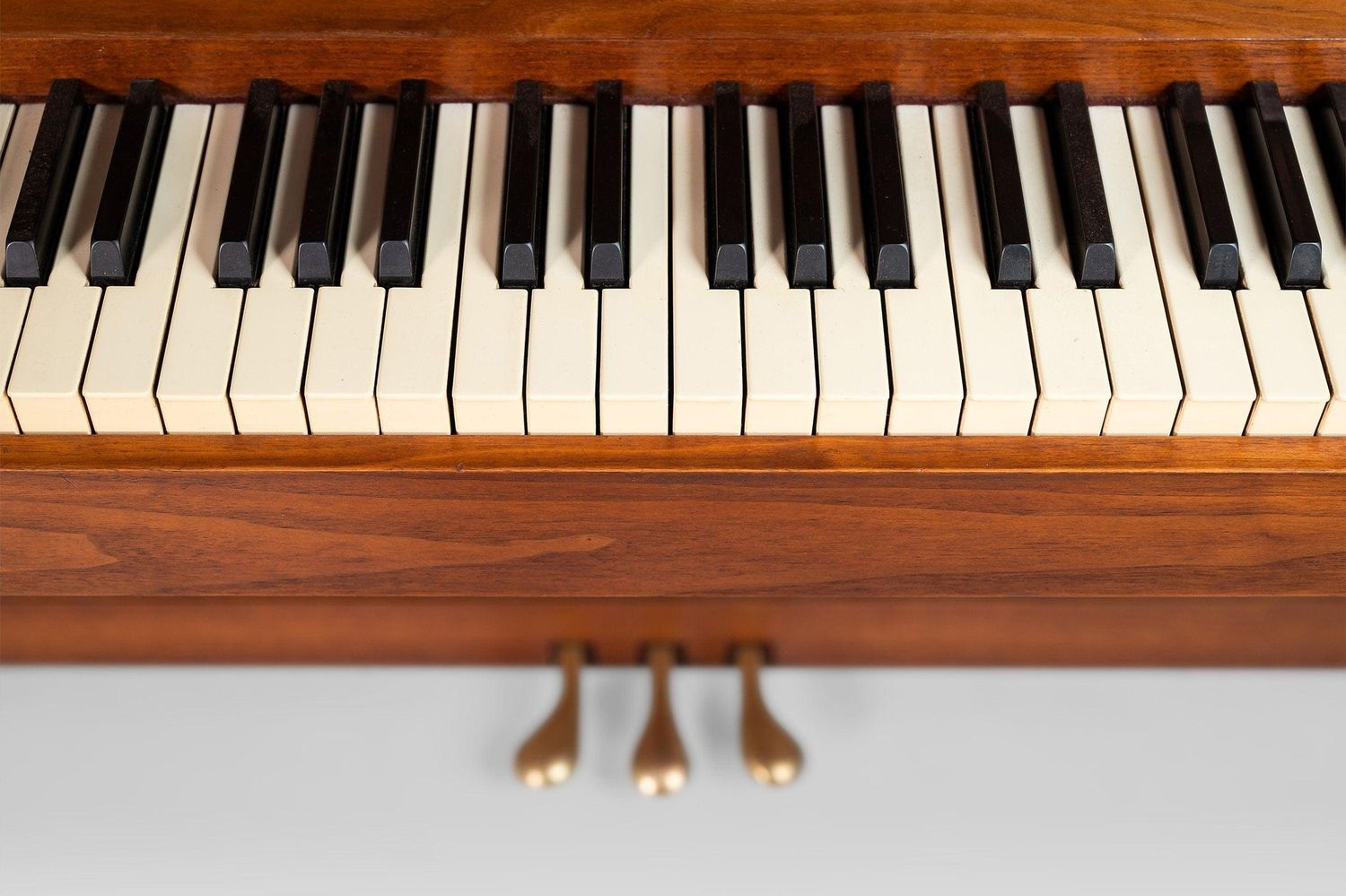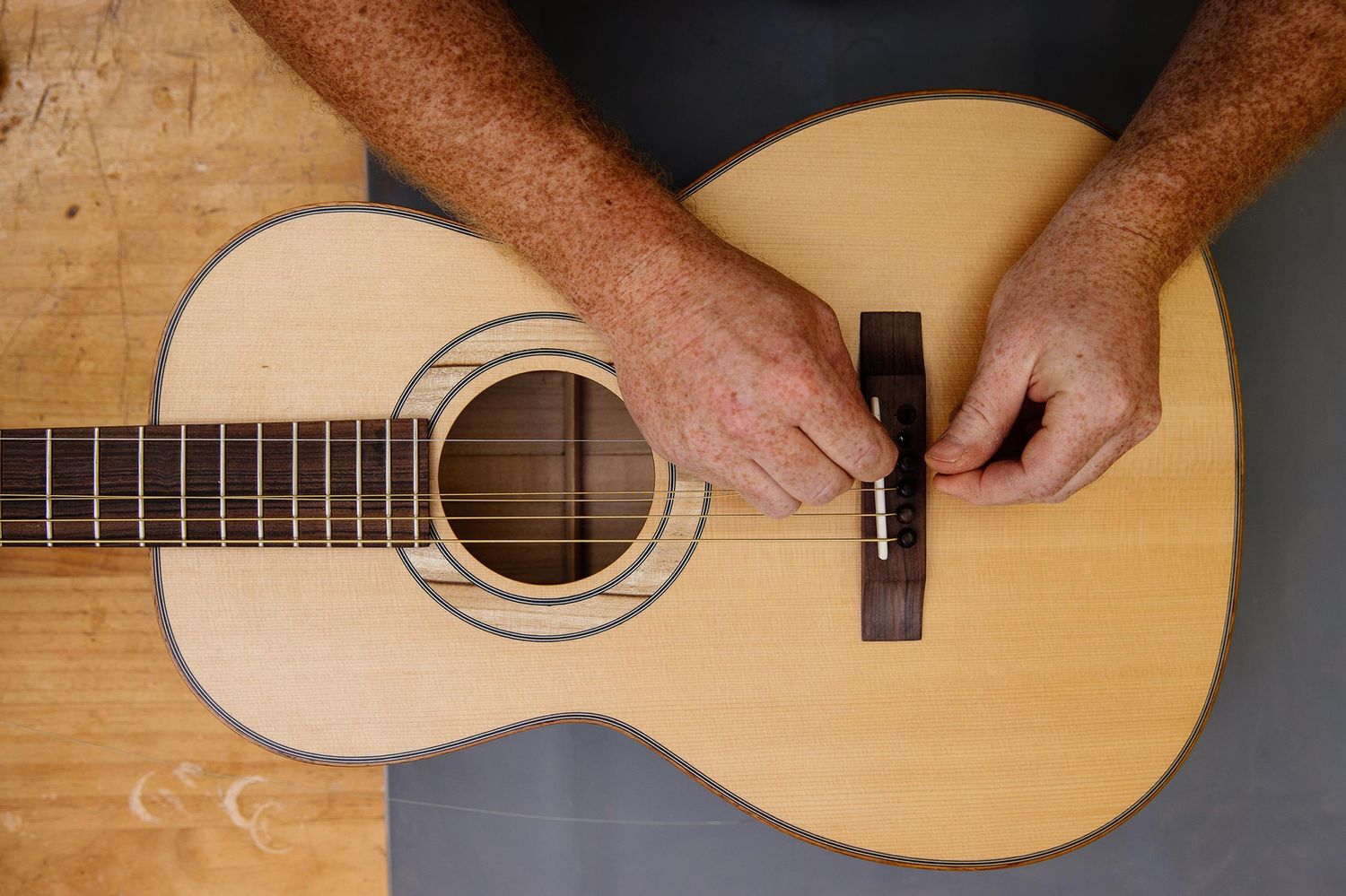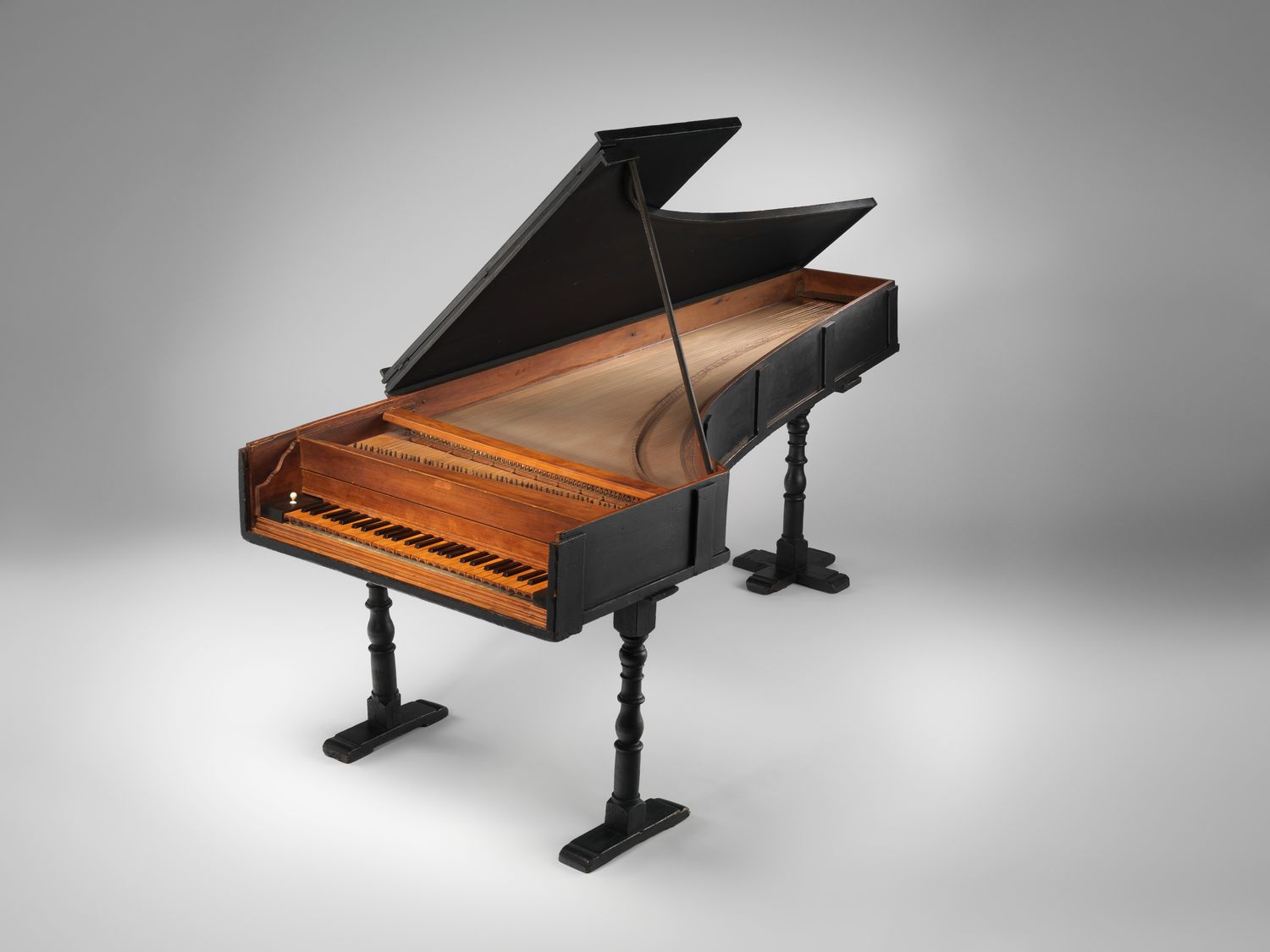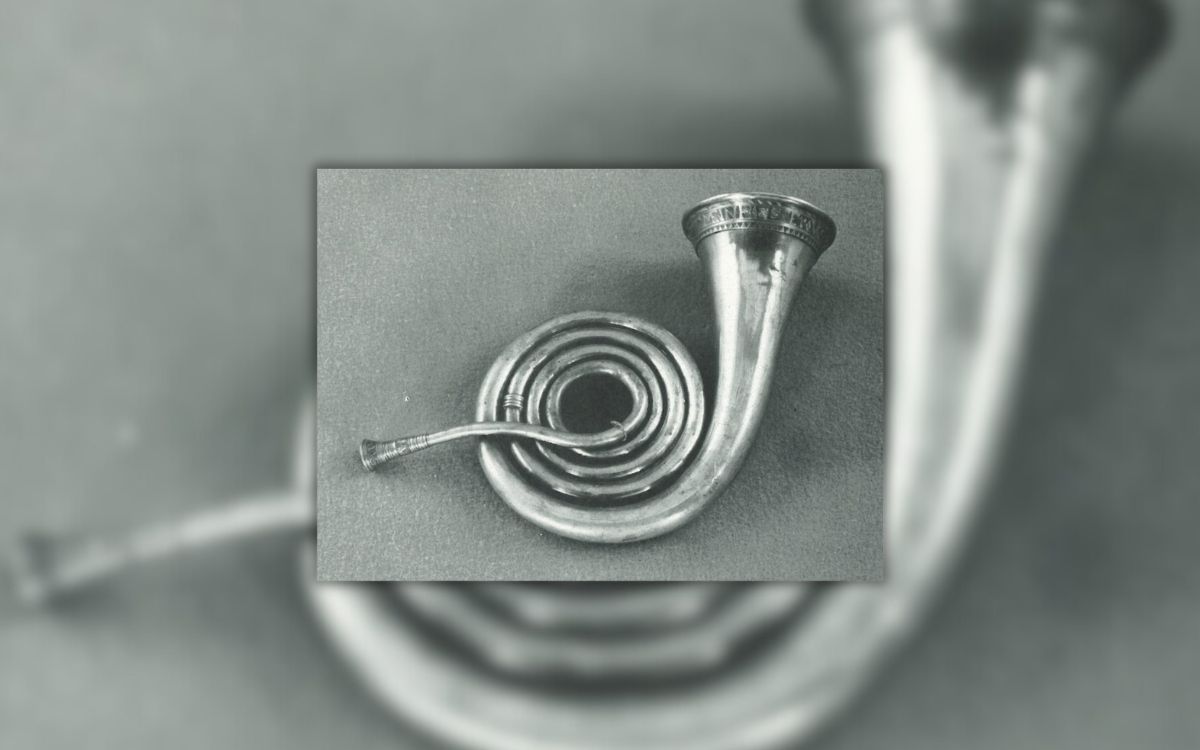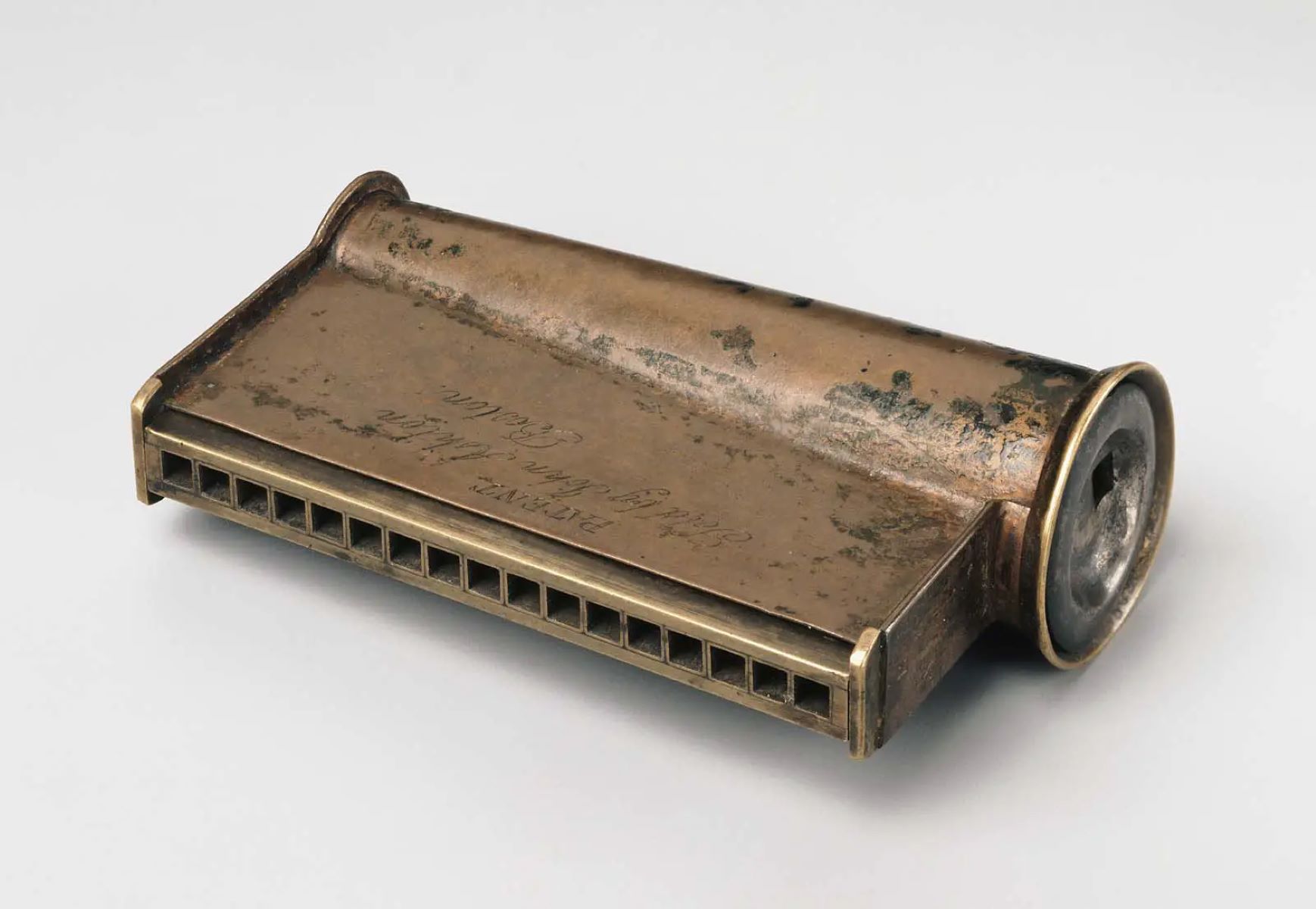Home>Instruments>Drums>What Are Conga Drums Made Of
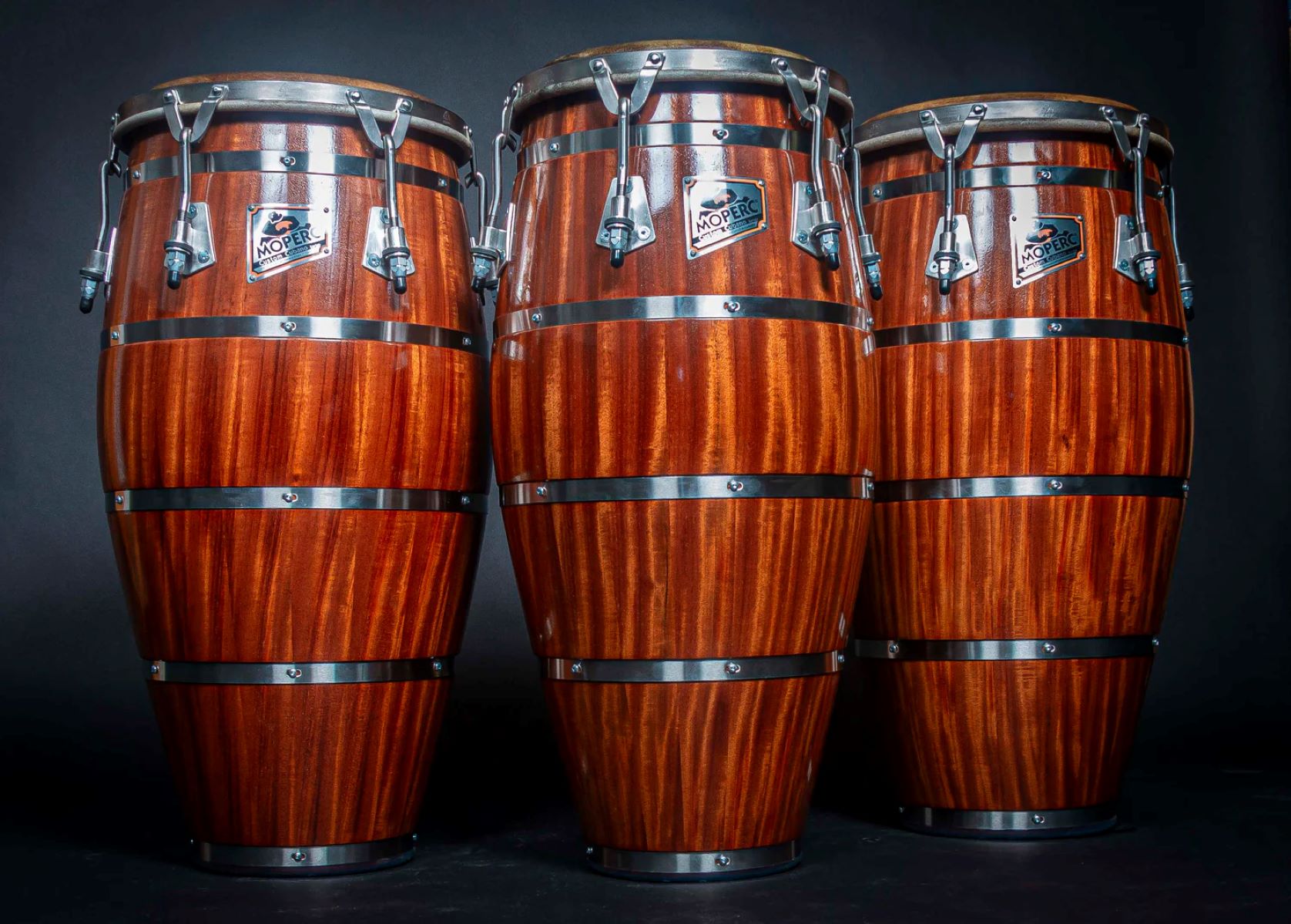

Drums
What Are Conga Drums Made Of
Published: February 8, 2024
Discover the materials used to create conga drums and the impact they have on the sound and performance. Learn about the construction and composition of these essential percussion instruments.
(Many of the links in this article redirect to a specific reviewed product. Your purchase of these products through affiliate links helps to generate commission for AudioLover.com, at no extra cost. Learn more)
Table of Contents
Introduction
The Rhythmic World of Conga Drums
Conga drums, often referred to simply as "congas," are a staple of Afro-Cuban music and have made their mark in various musical genres worldwide. These versatile percussion instruments are not only known for their distinctive sound but also for the craftsmanship and materials that go into their construction. In this article, we will delve into the fascinating world of conga drums, exploring the traditional and modern materials used in their production.
The construction of conga drums is an art form in itself, with each component carefully selected to achieve the desired tone, resonance, and durability. From the rich history of conga drums to the evolution of materials used in their making, this article aims to provide a comprehensive understanding of what goes into the production of these iconic instruments.
Whether you are a seasoned percussionist, an aspiring musician, or simply an enthusiast eager to learn more about the cultural significance of conga drums, this exploration of their materials and construction will deepen your appreciation for these timeless instruments. Join us on a rhythmic journey as we uncover the intricate components that form the heartbeat of conga music.
History of Conga Drums
The history of conga drums is deeply rooted in the traditions of West African music and the cultural exchanges that occurred during the transatlantic slave trade. The origins of the conga can be traced back to the Bantu-speaking people of Central Africa, who brought their rhythmic traditions to the Caribbean through the slave trade. These traditions merged with indigenous and European musical elements, giving rise to the rich tapestry of Afro-Cuban music.
During the colonial era, the fusion of African, indigenous, and European musical styles laid the foundation for what would become the vibrant percussion-driven music of Cuba. The conga drum, with its deep roots in African heritage, became an integral part of Afro-Cuban music and dance, contributing to the development of genres such as rumba, salsa, and mambo.
Originally crafted from natural materials found in the Caribbean, such as wood and animal hides, early conga drums were essential to the expression of cultural identity and resistance. The rhythmic patterns and improvisational nature of conga music served as a form of communication and solidarity among enslaved communities, preserving their heritage in the face of adversity.
As Afro-Cuban music gained popularity beyond the shores of Cuba, conga drums found their way into jazz, Latin, and world music, captivating audiences with their infectious rhythms. Today, the legacy of conga drums continues to thrive, influencing a diverse range of musical genres and embodying the enduring spirit of cultural exchange and creativity.
Traditional Materials Used
The construction of traditional conga drums relied on natural materials that were readily available in the Caribbean, reflecting the resourcefulness and ingenuity of the craftsmen who shaped these instruments. The main components of traditional conga drums include the drum shell, drumhead, and tensioning system, each crafted with specific materials to achieve the desired sound and durability.
Drum Shell:
The drum shell, the body of the conga, was traditionally made from hardwood such as oak, ash, or mahogany. These dense and resonant woods provided the necessary strength to withstand the tension of the drumhead while producing rich, warm tones. The staves of the drum shell were meticulously crafted and assembled to form a sturdy yet acoustically responsive structure.
Drumhead:
The drumhead, the membrane stretched over the drum shell, was traditionally fashioned from animal hides, most commonly from cows or goats. The natural properties of these hides, including their thickness and elasticity, contributed to the distinctive sound of the conga drums. Skilled artisans carefully selected, cured, and treated the hides to ensure optimal tone and responsiveness.
Tensioning System:
To secure the drumhead to the shell and adjust its tension, traditional conga drums utilized rope or rawhide lacing. This method allowed for precise tuning of the drum and facilitated the nuanced variations in pitch and timbre essential to conga music. The tensioning system, often intricately woven and knotted, played a crucial role in maintaining the integrity of the drumhead under the rigors of performance.
These traditional materials and construction techniques not only contributed to the sonic characteristics of conga drums but also reflected the cultural heritage and craftsmanship of the communities that nurtured their development. The organic nature of these materials imparted a timeless quality to the instruments, embodying the spirit of musical tradition and innovation.
Modern Materials Used
While traditional materials continue to hold a revered place in the construction of conga drums, modern advancements have introduced a range of innovative materials that offer enhanced durability, consistency, and versatility. The evolution of conga drum construction has embraced these new materials, expanding the possibilities for instrument design and performance.
Drum Shell:
Modern conga drums may feature drum shells made from a variety of materials, including fiberglass, carbon fiber, and even synthetic blends. These materials offer increased durability and resilience while providing a consistent and controlled resonance. Fiberglass, in particular, has become a popular choice for its lightweight yet robust properties, making it well-suited for both stage and studio settings.
Drumhead:
While traditional animal hides remain cherished for their organic warmth and character, modern conga drums often utilize synthetic drumheads made from materials such as Mylar or other proprietary blends. These synthetic drumheads offer exceptional durability, stability, and weather resistance, making them well-suited for diverse performance environments. Additionally, synthetic drumheads provide consistent tonal qualities, allowing for precise tuning and projection.
Tensioning System:
Modern conga drums may employ mechanical tuning systems, such as traditional tuning lugs or innovative hardware mechanisms, to adjust the tension of the drumhead with precision. These mechanical systems offer quick and reliable tuning capabilities, allowing musicians to fine-tune their drums swiftly in live performance or studio settings. Some conga drums also feature integrated tuning keys or wrenches for on-the-fly adjustments, enhancing convenience and flexibility for performers.
By incorporating modern materials into the construction of conga drums, instrument makers have expanded the sonic possibilities and performance capabilities of these timeless percussion instruments. The marriage of traditional craftsmanship with contemporary materials has ushered in a new era of conga drum innovation, ensuring that these instruments continue to resonate with musicians and audiences alike.
Comparison of Different Materials
When comparing the traditional and modern materials used in the construction of conga drums, several key factors come into play, each influencing the instrument’s sound, performance, and overall character. Understanding the distinctions between these materials can provide valuable insight for musicians and enthusiasts seeking to explore the diverse sonic and practical qualities of conga drums.
Tone and Resonance:
Traditional conga drums, crafted from hardwood shells and animal hide drumheads, are revered for their warm, organic tones and rich resonance. The natural properties of these materials impart a depth and complexity to the sound, with subtle nuances that respond dynamically to the player’s touch. In contrast, modern materials such as fiberglass shells and synthetic drumheads offer a more controlled and consistent tonal profile, characterized by pronounced attack and projection. While traditional materials evoke a timeless warmth, modern materials provide a contemporary clarity and punch.
Durability and Maintenance:
Traditional conga drums, while cherished for their authentic sound, require careful maintenance and consideration of environmental factors due to the organic nature of their materials. Hardwood shells are susceptible to changes in humidity and temperature, while natural drumheads may require more frequent tuning and conditioning. In comparison, modern materials such as fiberglass and synthetic blends offer increased durability and resilience to environmental conditions, requiring minimal maintenance and providing reliable performance in diverse settings.
Versatility and Adaptability:
Both traditional and modern materials contribute to the versatility of conga drums in distinct ways. Traditional materials embody the cultural heritage and expressive depth of Afro-Cuban music, resonating with the nuances of traditional rhythms and styles. Modern materials, on the other hand, cater to the demands of contemporary performance environments, offering consistent tonal characteristics and adaptability to varying playing techniques. The choice of materials ultimately reflects the musical context and personal preferences of the player, shaping the instrument’s adaptability to different genres and artistic expressions.
By comparing the sonic, practical, and cultural aspects of traditional and modern materials, musicians can gain a deeper appreciation for the diverse voices and capabilities of conga drums. Whether drawn to the timeless warmth of traditional craftsmanship or the innovative clarity of modern materials, players have the opportunity to explore a rich spectrum of tonal and expressive possibilities through the materials that shape these iconic percussion instruments.
Conclusion
Conga drums, with their deep roots in Afro-Cuban music and the traditions of West African percussion, embody a rich tapestry of cultural heritage and artistic expression. The materials used in the construction of conga drums, both traditional and modern, play a pivotal role in shaping the instrument’s sonic character, performance capabilities, and cultural significance.
From the traditional craftsmanship of hardwood shells and animal hide drumheads to the innovative advancements in fiberglass shells and synthetic drumheads, conga drums have evolved to encompass a diverse array of materials that cater to the demands of contemporary music while honoring the timeless traditions of the past.
While traditional materials evoke the warmth and authenticity of centuries-old craftsmanship, modern materials offer enhanced durability, consistency, and adaptability for today’s musicians. The comparison of these materials reveals a dynamic interplay between cultural heritage and technological innovation, providing musicians with a spectrum of tonal possibilities and performance versatility.
Ultimately, the choice of materials reflects the intersection of tradition, innovation, and personal expression, allowing musicians to craft their sonic identity and artistic voice through the instruments they play. Whether resonating with the earthy tones of traditional conga drums or embracing the clarity and resilience of modern materials, musicians are empowered to explore the rhythmic world of conga drums with a deep appreciation for the materials that shape their musical journey.
As conga drums continue to inspire and captivate audiences across the globe, the legacy of their materials serves as a testament to the enduring spirit of cultural exchange, creativity, and musical evolution. Whether in the pulsating rhythms of traditional Afro-Cuban music or the vibrant fusion of contemporary genres, conga drums stand as a testament to the enduring power of materials to shape the soundscape of our world.

